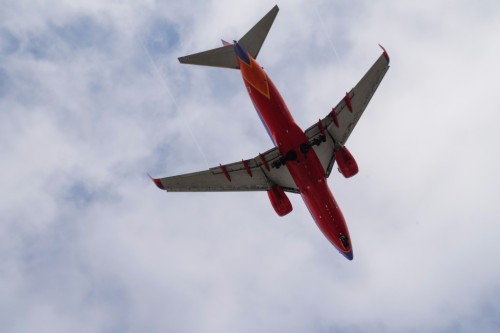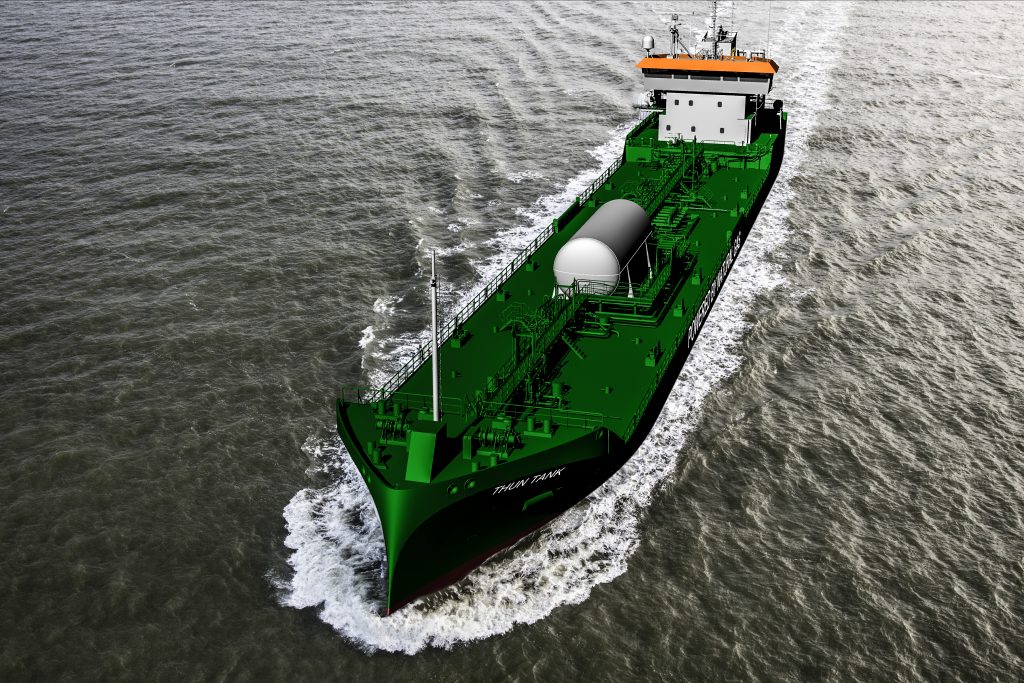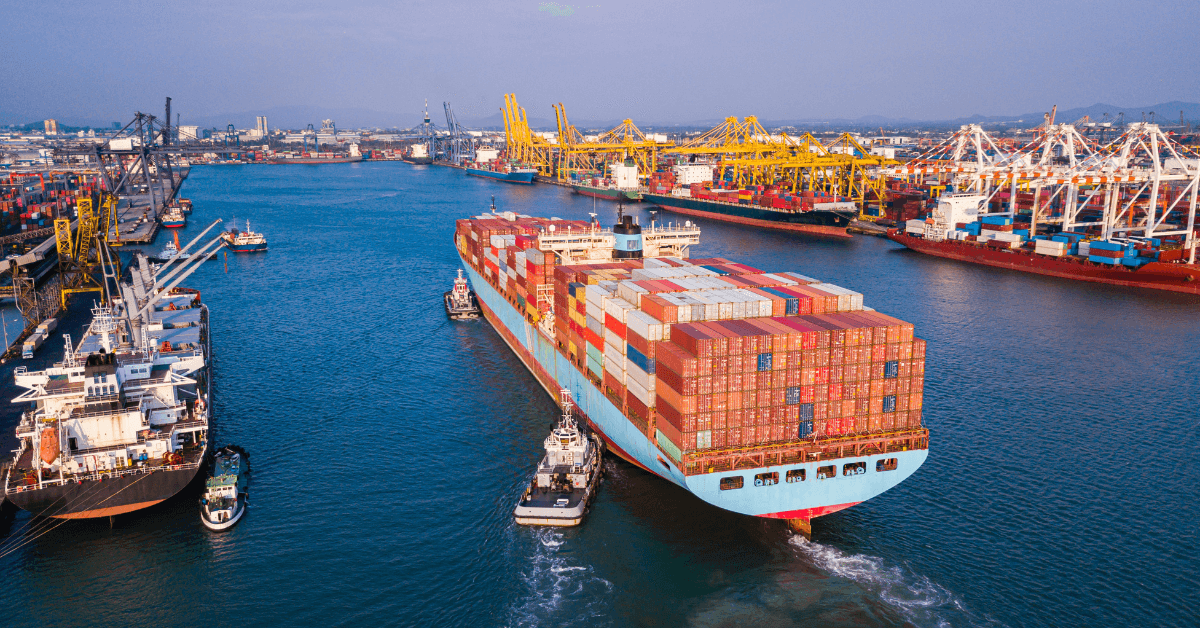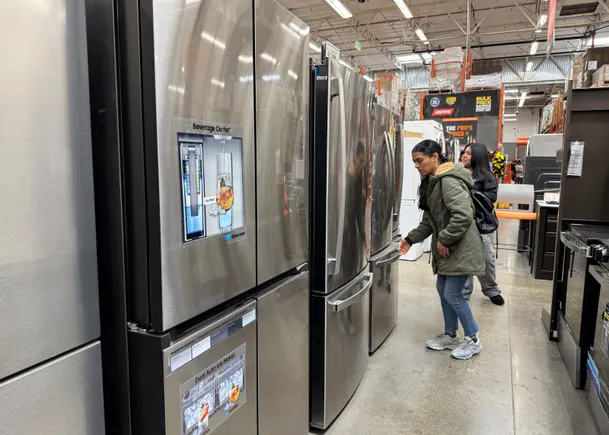AIR FREIGHT, BUFFETED BY US TARIFFS, IS LOSING BUSINESS TO SHIPS
U.S. tariffs and the end of the de minimis rule are forcing air cargo to shift to sea freight, impacting carriers like FedEx and UPS and reshaping global trade routes.

One result of the increases in U.S. tariffs on imports is that the air cargo industry is seeing some freight that previously went by air go instead on to ships, according to Joseph Smith, Director, Aviation Services for investment banker Cassel Salpeter & Co, based in Miami, Florida.
In an interview with AJOT, Smith said: “there's a lot of goods coming from Asia that I think might have in the past been utilizing cheap air freight that now if you can get your supply chain where you can handle 21 days or 28 days or 15 days (by ship) instead of the three to five (by air) … it may take time for companies to be able … to navigate that.”
Smith noted that the International Air Transport Association (IATA) downgraded its 2025 guidance for air cargo demand from its 5.8% growth forecast, issued December 2024, to a revised forecast of near-zero growth for the year.
Two of the biggest US air cargo carriers are UPS and FedEx, Smith said: “So what we've seen is a lot of the carriers …whether it be a UPS … and some of the bigger freight carriers, we have seen them significantly … redeploy their routes to other markets.”
Smith told AJOT that the air transport industry supported a total of 86.5 million jobs globally in 2023, including direct, indirect, induced and aviation-enabled tourism jobs.
While air transport carries less than 1% of the volume of world trade
shipments, it represents around 33% by value – meaning that goods shipped by air are very high value commodities and often perishable or time-sensitive.
Determining de minimis impact
On August 13, 2025, a report “ State of Air Cargo: Elimination of De Minimis Exception and Increased Tariffs Send Air Cargo Volumes Plummeting” authored by Marina Mayer, Editor-in-Chief of Supply & Demand Chain Executive, warned:
“Air cargo volumes in the United States through May have declined approximately 25%, year-over-year, per estimates from freight forwarders and customs brokers. The decline has accelerated since May 2, when the de minimis exemption ended for goods from China. Since the Trump administration announced reciprocal tariffs in April, China-U.S. cargo volumes have dropped by up to 60%. Tariffs have severely impacted e-commerce bookings, which fell approximately 50% in May 2025.”
The report added that some Chinese importers that utilized air freight are already starting to ship goods by ship: “The elimination of the $800 de minimis exception for imported goods, combined with increased tariffs, is expected to send air cargo volumes plummeting for low-value e-commerce shipments. With de minimis exemptions unlikely to return, Chinese e-commerce leaders now send products into the United States via bulk sea freight shipments to US-based warehouses and distribution centers, abandoning their use of individual air shipments for direct-to-consumer fulfilment that previously drove cargo aviation growth.”
The $800 de minimis rule allowed goods valued at or below $800 to be imported into the US without incurring duties, taxes, or formal customs entry procedures.
The analysis also noted: “The daily number of trans-Pacific air freighters arriving at the Top 18 US airports has decreased by approximately 30% since April, according to Cirrus Global Advisors.”
Stas Margaronis, West Coast Correspondent







